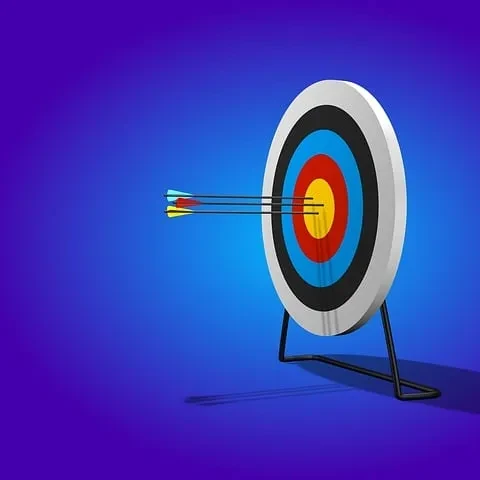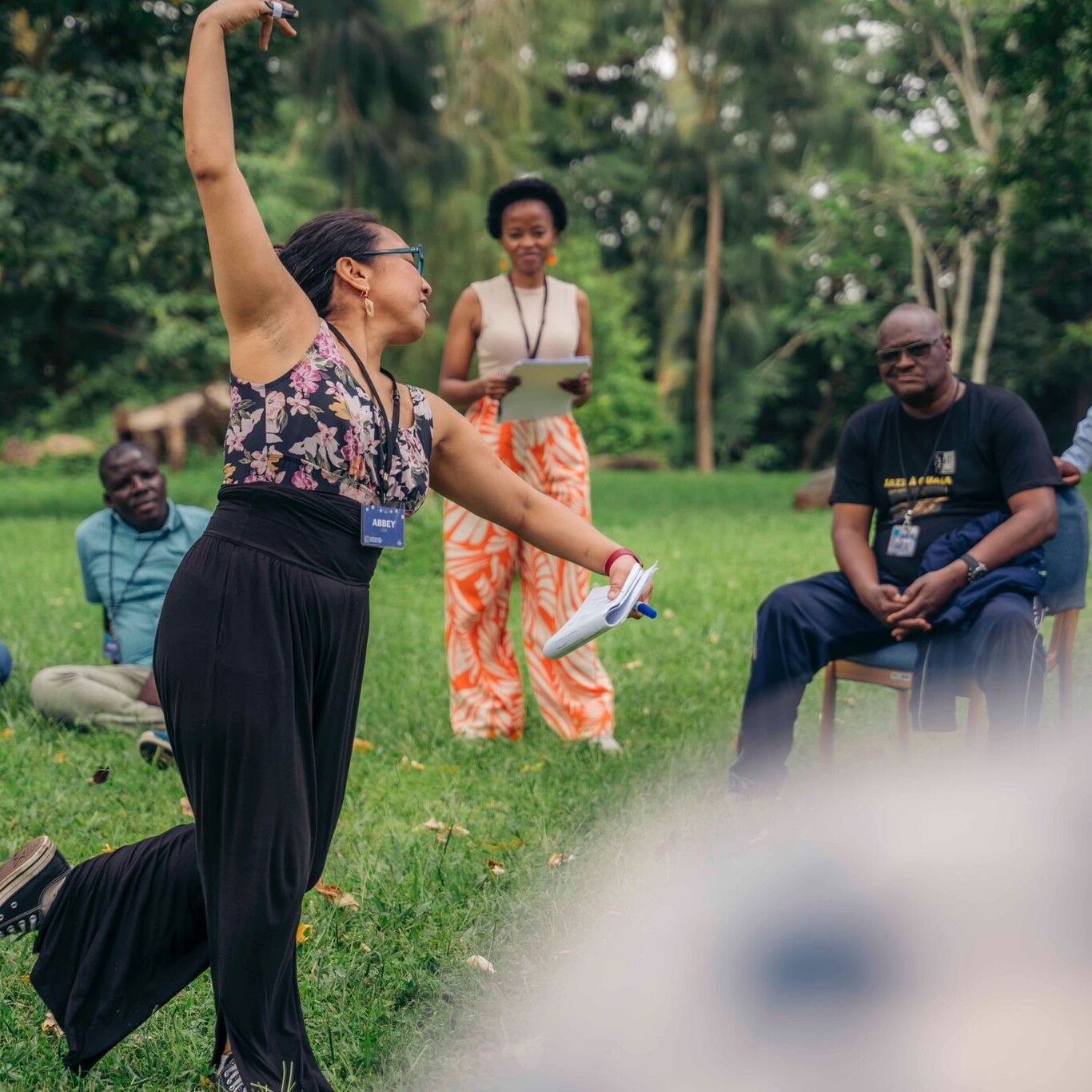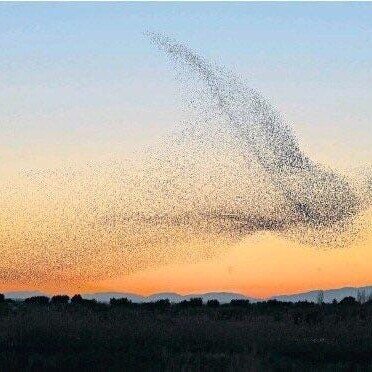Networks are made of individuals. Each person is a complex system where we can’t control nor truly predict their behavior, so combining them to form a network can make things even messier! As a practitioner it’s my job to pay attention and support healthy, productive patterns that emerge from the network’s ecosystem. I was first introduced to the Human Systems Dynamics Institute (HSD) when we hired Glenda Eoyang to help facilitate a difficult transition we were facing in the Network. I was so impressed by how she was able to tap into the tension that existed and turn into something innovative that I later became an Associate of the Institute. The foundations of HSD supplemented my existing systems thinking practice allowing me to better see into the system of forces in the network and to be able to make sense of them so that I could be empowered to begin making a difference.
Sarah: How do the foundations of HSD help us appreciate the complexity of human ecosystems?
Royce: Through HSD, we learn that the complexity of human ecosystems emerges as we live, play, and work together. Over time, we generate system-wide patterns. Those patterns, then, influence the whole of the system. They also represent the system. For instance, in a community we honor long-held traditions as the patterns of our lives. In some organizations, we pride ourselves on patterns of safety or service.
HSD helps us see into those patterns. We understand how our interactions shape the patterns of our lives. We begin to see that the problems we face in today’s world are really patterns that have emerged over time. These may be patterns of bias or inclusion, peace or war, or conservation or waste. On a large scale, these may not be “solvable” patterns. Each individual, using HSD, can take small actions that can change the larger patterns over time.That’s how HSD has helped me “appreciate” the complexity of human ecosystems. I can see that complexity. I don’t have to be baffled by events and issues that seem beyond my reach. I know that, even if I can’t change the world, I can change my little corner of it. When enough people network together in this human ecosystem, they can change it in even more powerful and far-reaching ways than I can alone.
Sarah: As networks become more diverse and introduce more difference into their systems, how do we leverage the powerful differences we bring to the table?
Royce: In HSD we focus on differences that make a real difference in the overall functions in our worlds. We may be of different genders, beliefs, backgrounds, races, or ethnic groups. And those differences sometimes do bring tension. On the other hand, we can look beyond our more immediate differences. We can come together to consider larger issues. These are the huge differences that matter for our future and for our planet. We can put the tensions of difference to better use.Consider the work of the RE-AMP Network. Imagine what’s possible when people look beyond local differences to focus on the future of climate and energy use across the planet. The differences that matter can be the differences that help us accomplish a shared task. They can help us avert a shared disaster. We can move beyond the tensions that might have stopped us altogether.
The most productive work in a diverse network shifts focus from standing “nose-to-nose” about our differences. When we stand against others over differences that are less critical, each of us is weaker. If we stand “shoulder-to-shoulder” to take on a shared challenge, we each become stronger.I know it’s not easy. Given challenges we face around the globe, I don’t know what other options there are. The real power in this approach emerges when it happens in small groups. Those small groups then, network with other small groups to increase the power as the network grows.
Sarah: How else can HSD methods and models help us care for our network’s ecosystems?
Royce: A number of HSD-based methods and models have a great deal to offer. The most basic, however, are probably the most useful and powerful.
Adaptive Action is a three-step, problem-solving method. It that helps you see, understand, and influence the patterns around you. It’s simple, but not easy. The model asks you three questions.
What? Begin by describing what you see and feel and hear. What are the facts? What are the aspirations? What data do you have? What are the patterns? You gather that all and ask the next question.
So What? You begin to explore the implications and meanings of information gathered in the “What?” stage. Most HSD-based models and methods help you make sense of those patterns. Whatever tools you use, this step helps you understand from multiple perspectives. You generate multiple options for action. You push beyond your usual boundaries. You go beyond what you generally can see on first glance. Then you move to the third question.
Now What? Which of the options makes the greatest sense? Which of the options is within reach for you? How will you implement that option? How will you know when it’s done? How will you know if it’s successful?When you have finished those steps, you stop and go back to the first question to ask, “What?” again. Adaptive Action is an iterative process. You use what you learned in one round to inform your actions to complete the next.
A complex system is constantly changing and emergent. We have found Adaptive Action to be the only reliable way to move forward in such a system.
Inquiry is the other tool that is a foundation in the HSD world. We see inquiry as a way of living in the world. It allows us to stand inside our questions, rather than living out our assumptions. Glenda Eoyang, the founder of the field, talks about how answers have short shelf lives. In a complex world, answers never hold true for very long. What we prefer questions to gather the information that feeds our Adaptive Actions. HSD defines inquiry in a very specific way. We stand in inquiry when we:
For more information, visit our website at www.hsdinstitute.org or contact us at info@ hsdinstitute.org
Originally Posted by RE-AMP Network on September 23, 2019
Featured image found HERE



